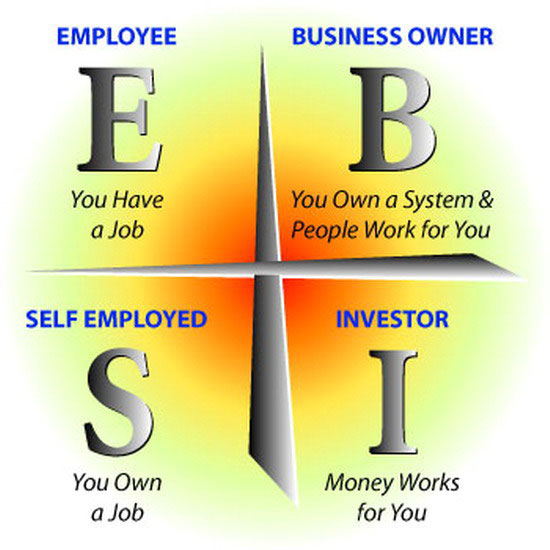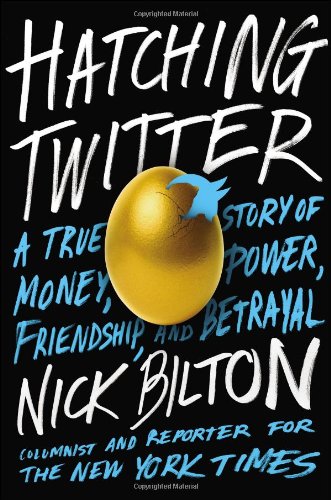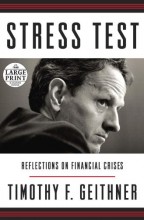I spent the last week at Disneyland with my family. I tried to unplug from work as much as possible, but I couldn’t help but notice aspects of my experience that I could apply to the businesses I am helping to build. Disney gets a lot of attention from business writers for good reason. At the risk of tackling a cliche topic, here are five lessons I learned about building a business from my Disneyland experience:
1. Stand out from the competition Traditionally, my wife and daughters spend five days in Disneyland, and my son and I take one of those days to do something else. Last time we went to Legoland, and this time we went to Universal Studios.
Those would be incredible parks when experienced on their own, but they don’t measure up when experienced during the same week as Disneyland. Even though we had fun, we wondered if we would have preferred an extra day at Disneyland.
Businesses have to stand out from their competition in a significant way to attract loyal customers.
2. Be present with people Disney characters are masters at being fully present with the one child at a time. Meeting their favorite characters creates much of the Disney magic that kids experience, and the characters make sure each interaction is memorable.
Meeting Elsa and Anna from Frozen is one of the most popular attractions. It requires waiting in line to get an assigned time to wait in line again later in the day. Only one family at a time is allowed in the small room with Elsa and Anna. The interaction only lasts for a few minutes, but the characters are fully present. They make kids feel like they are the only people in the world at that moment.
3. Enforce the rules In most cases, Disney “cast members” are extremely friendly, kind, and accommodating. However, they are not afraid to enforce the rules when a guest’s behavior infringes on the experience of others. We watched as someone cut to the front of the Disneyland Railroad line and jumped on the train. The conductor loudly called him out as a line cutter and ordered him off the train. The one man was probably offended, but it enhanced the experience for the many people watching.
To build a high-performance business, some rules need to be strictly enforced. Of course, unethical or illegal behavior can’t be tolerated. Lackluster performance by one member can also bring down an entire team. It’s often better to deal firmly and swiftly with one person that let an entire team suffer.
4. Bend the rules On the flip side, rules should be bent when they don’t infringe on others experience.
At the Haunted Mansion a person appeared to be cutting in line before approaching the nearest cast member. At the first the cast member good-naturedly called her a line cutter, but he let her through as she explained that she had been separated from her family who were now further ahead in line.
5. Get out of the comfortable routine This last point is not directly related to Disney, but it’s something I learned on the trip.
My family’s default is to find a hotel when we travel. There are many options, we know what to expect with the brand we choose, and it’s easy to book and cancel as needed.
We had a hotel booked for this trip, but someone mentioned they found a vacation rental through VRBO for their last Disneyland trip. My wife and I settled on a townhouse that is over 50% bigger and 60% cheaper than the hotel we had booked. It was immaculately clean and nicely decorated with Disneyland themes.
I also tried Uber for the first time. Our townhouse was about 1.5 miles from the Disneyland gates. I would drop them off every morning and pick them up every evening, which added 3 miles to my daily walking distance.
After one particularly tiring day, I wasn’t looking forward to walking back. I could have tried to figure out the bus routes or paid for an expensive taxi. Instead, I decided to try Uber. The app showed a few drivers in the area, so I requested a pickup. Within a few seconds a driver called me from across the street. I was back to our townhouse within 5 minutes, and the app automatically charged me $4 so I didn’t have to worry about payment or tip.
We often get stuck in our comfortable routine. There are many ways to rethink conventional wisdom. Consider virtual assistants instead of full-time employees for some roles. Build a virtual team to save on office space and find the best talent regardless of location. Use VRBO or Airbnb instead of a hotel. Take Uber or Lyft instead of a taxi or bus.
Conclusion
It’s important to take time off and unplug from work. During these times our minds can be freed from the usual distractions, making us more open to lessons we can apply to our careers and other areas of our lives.















